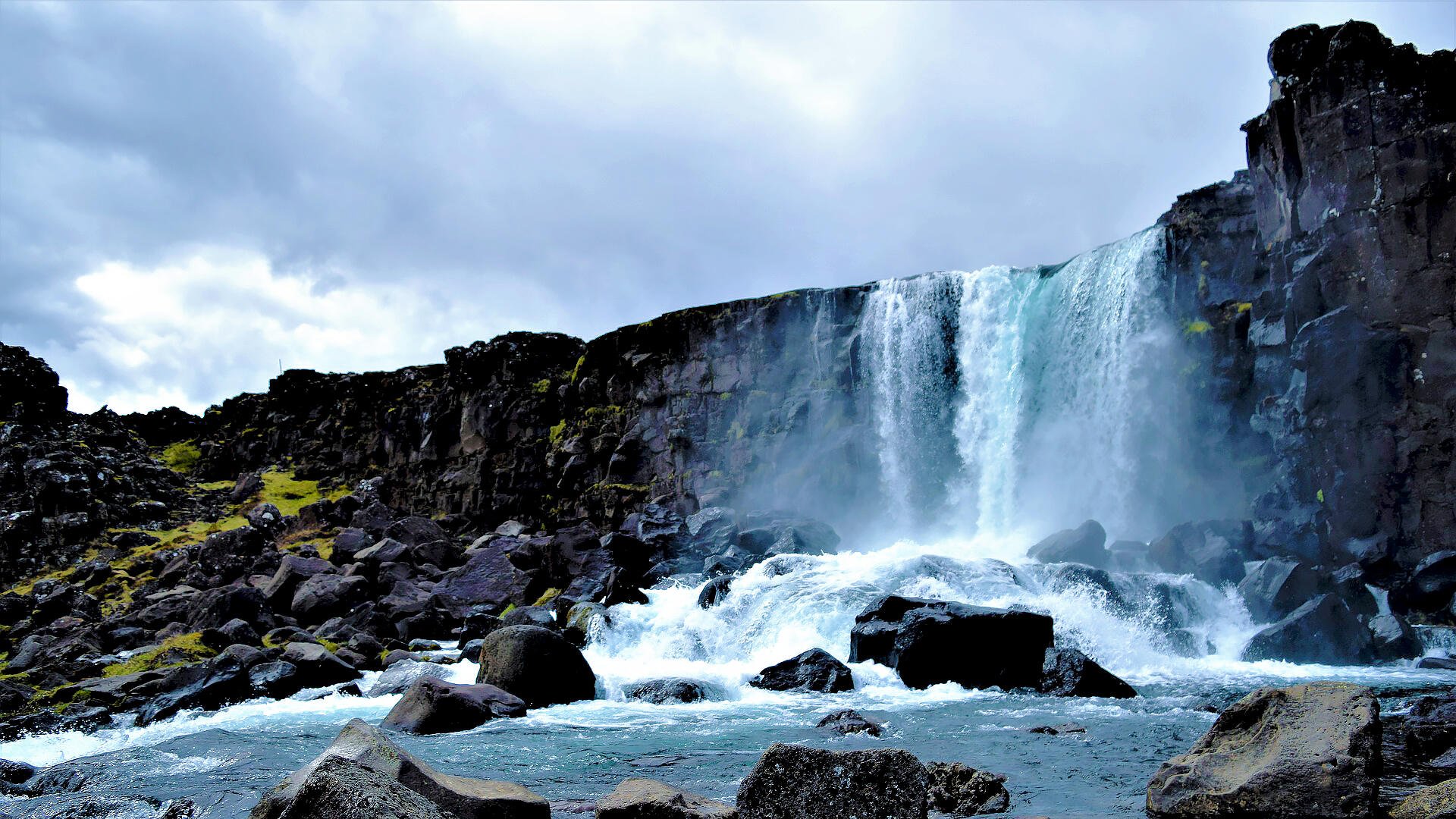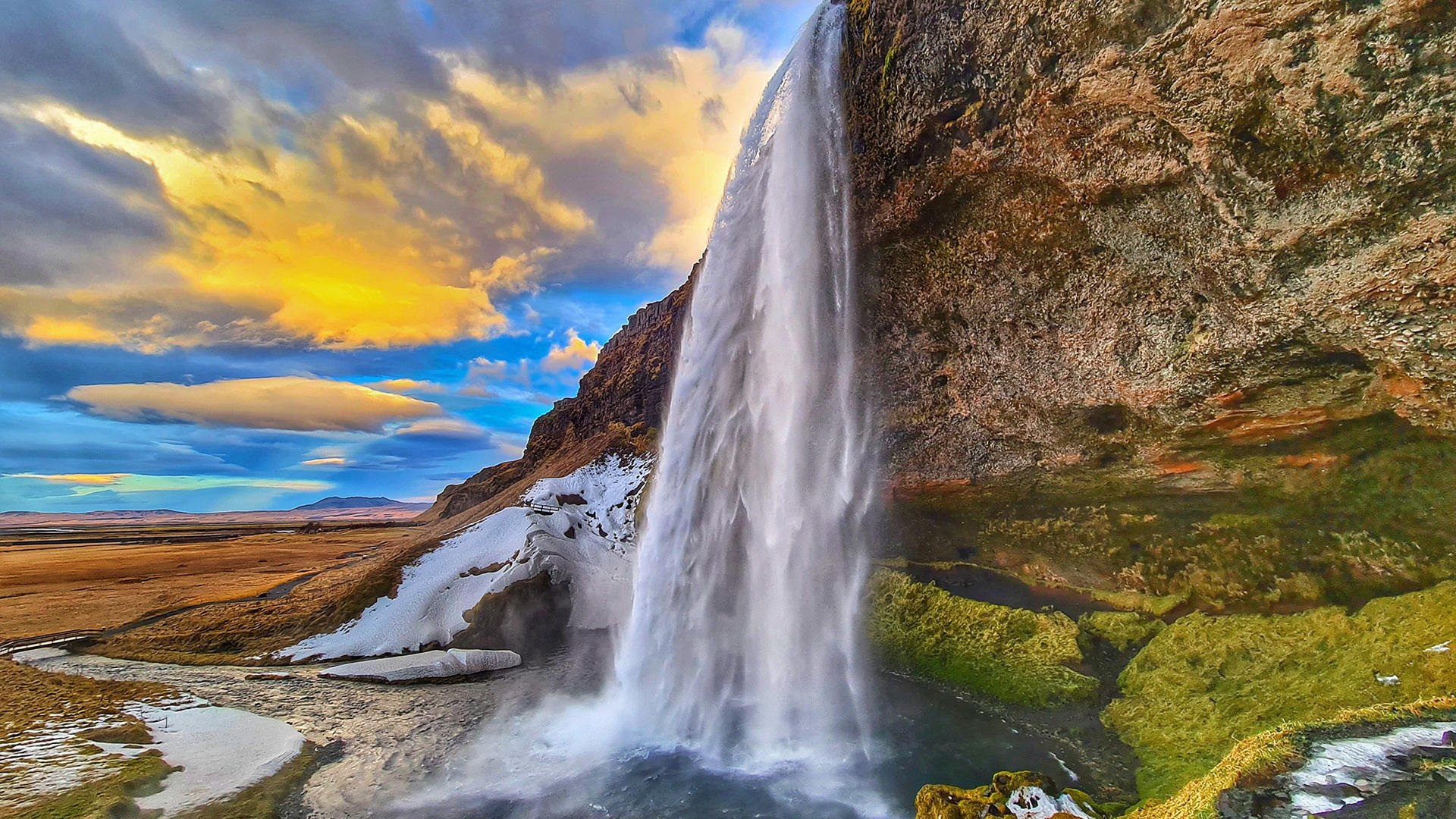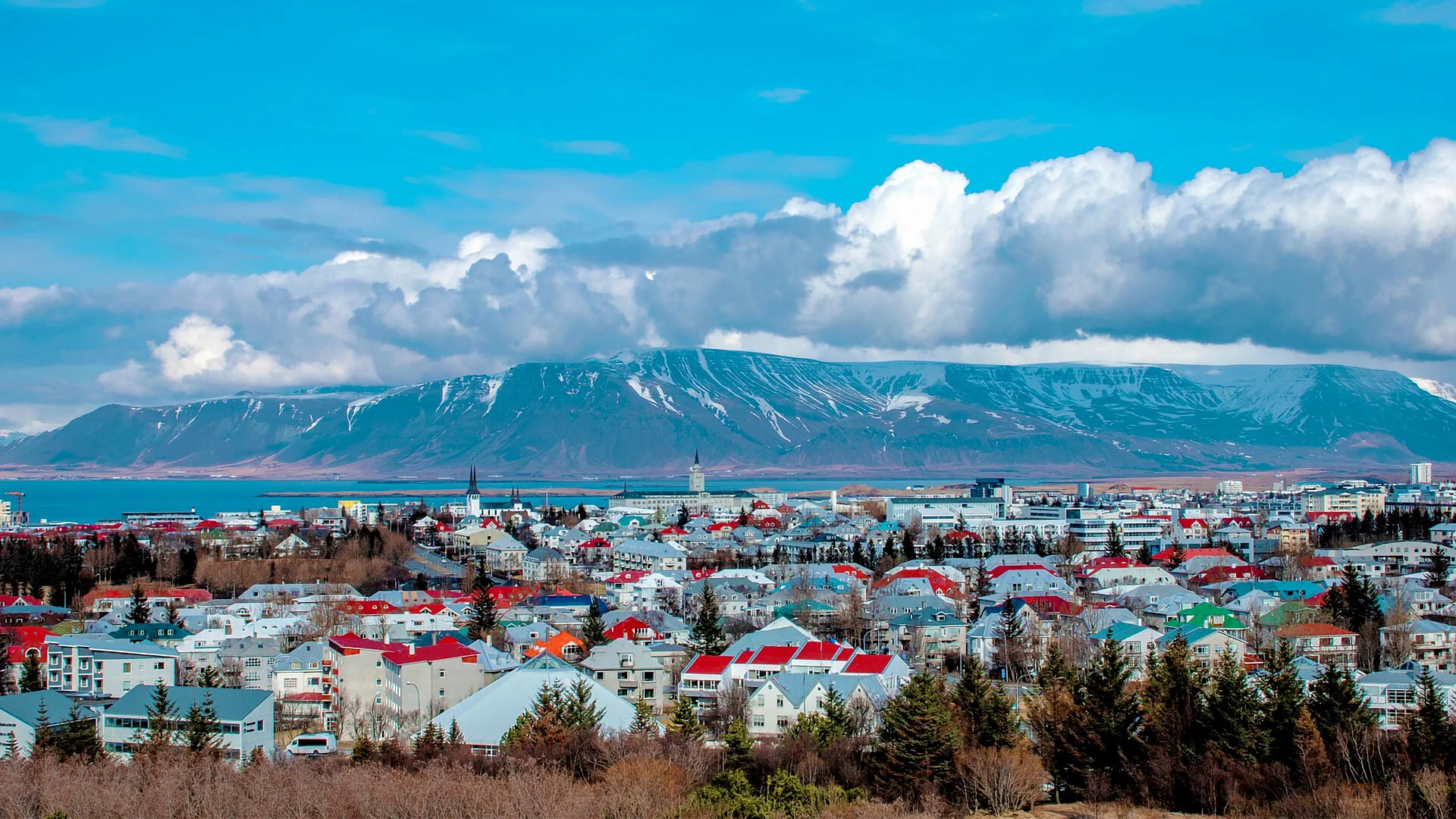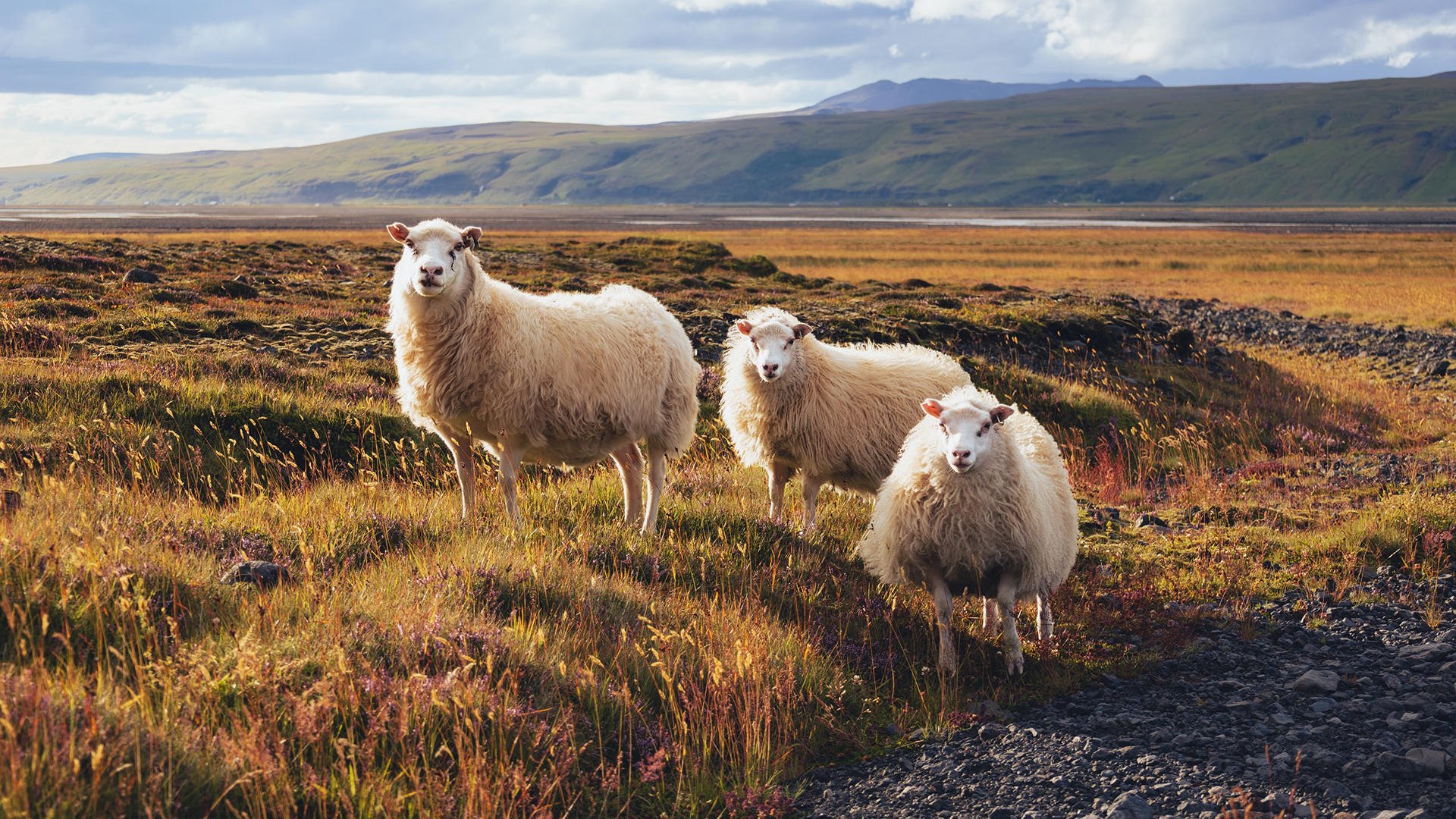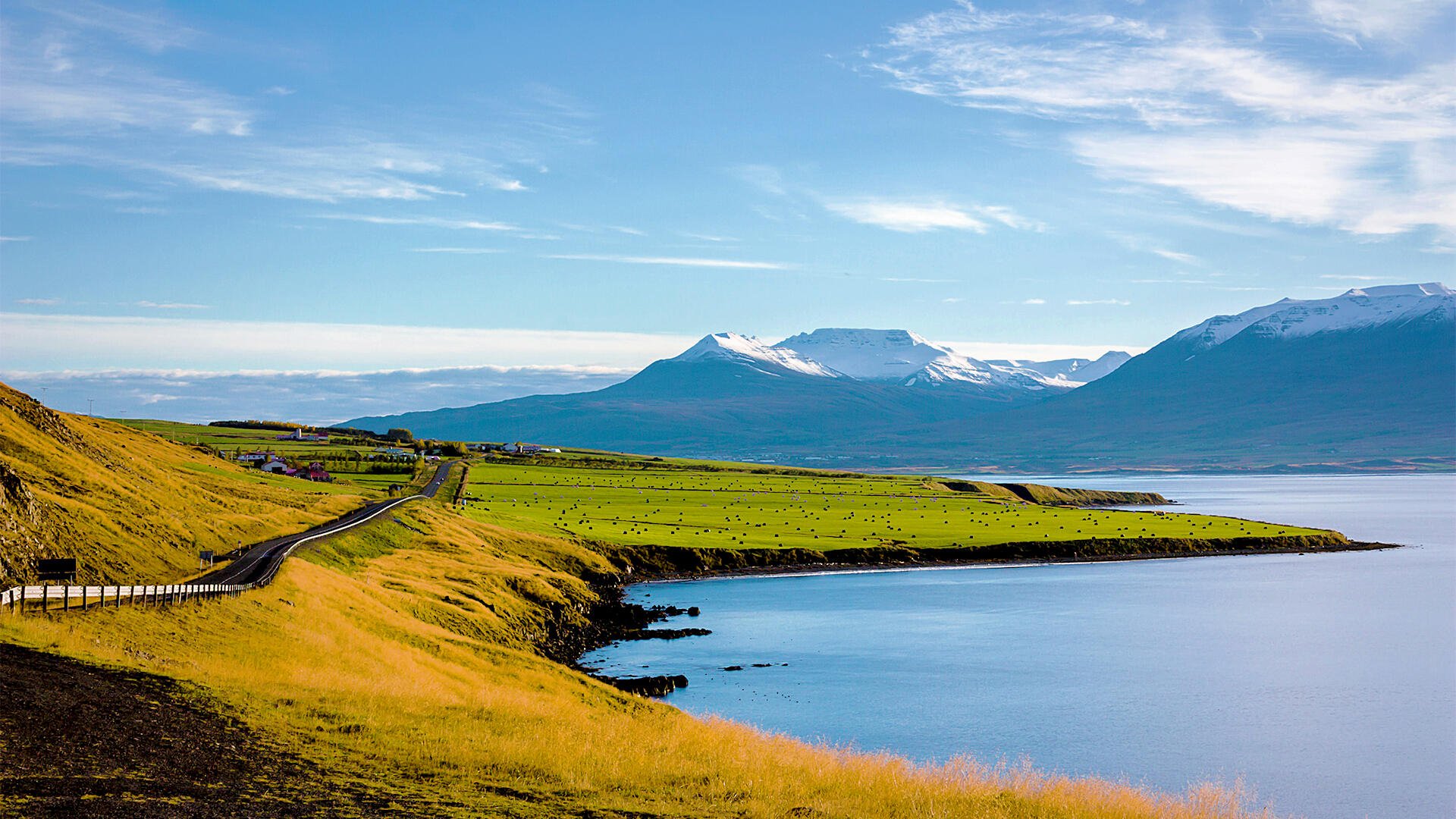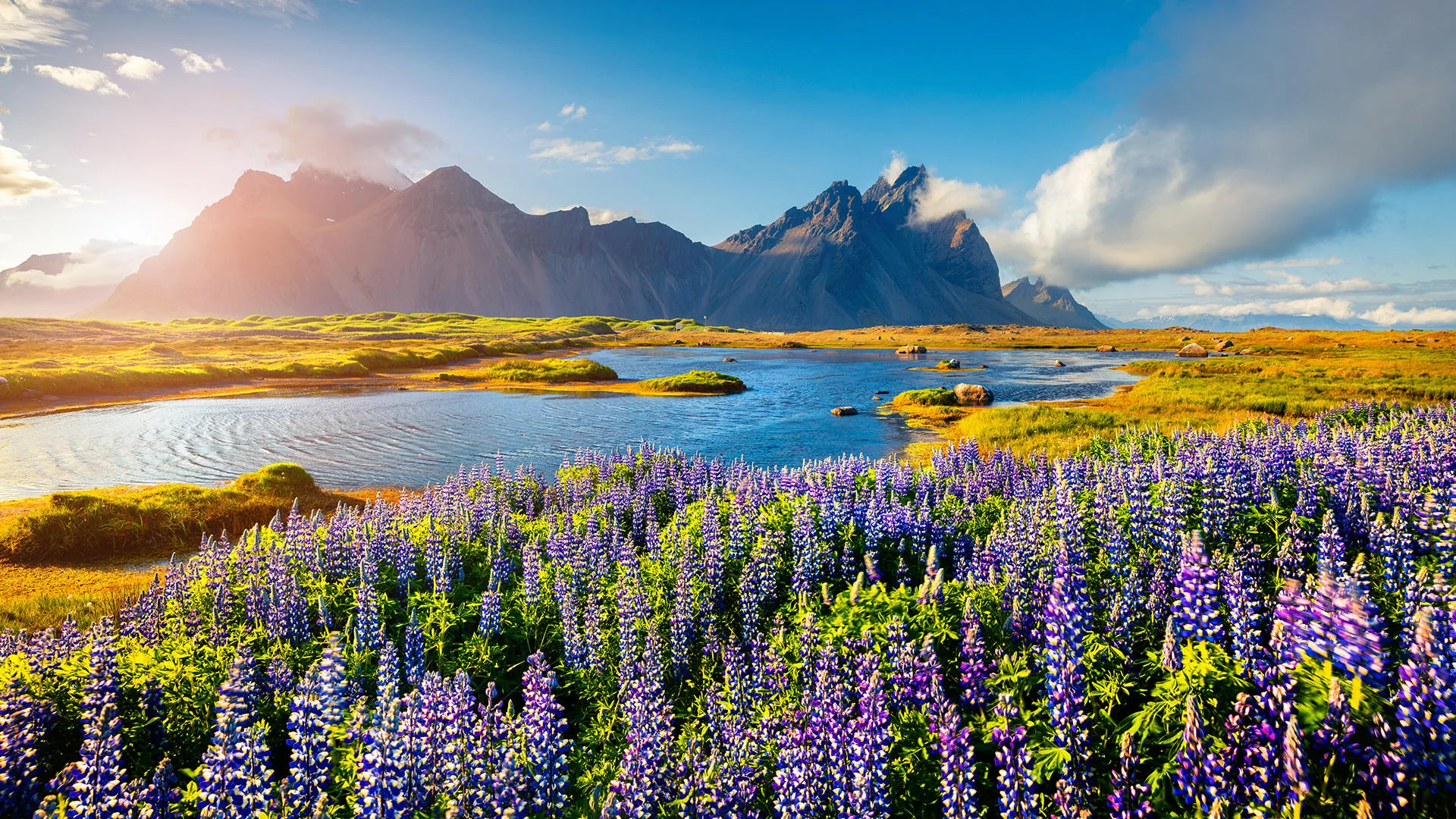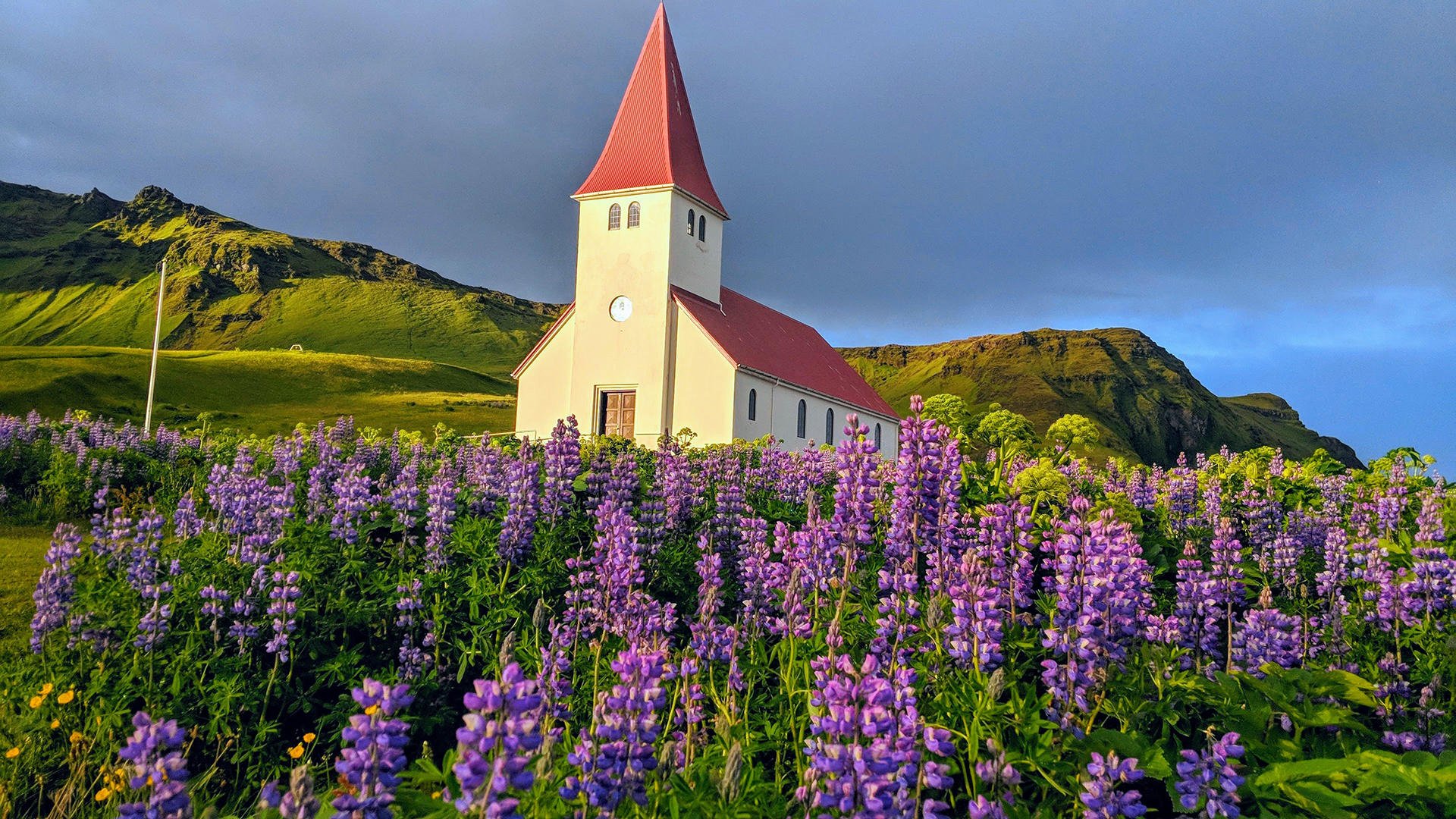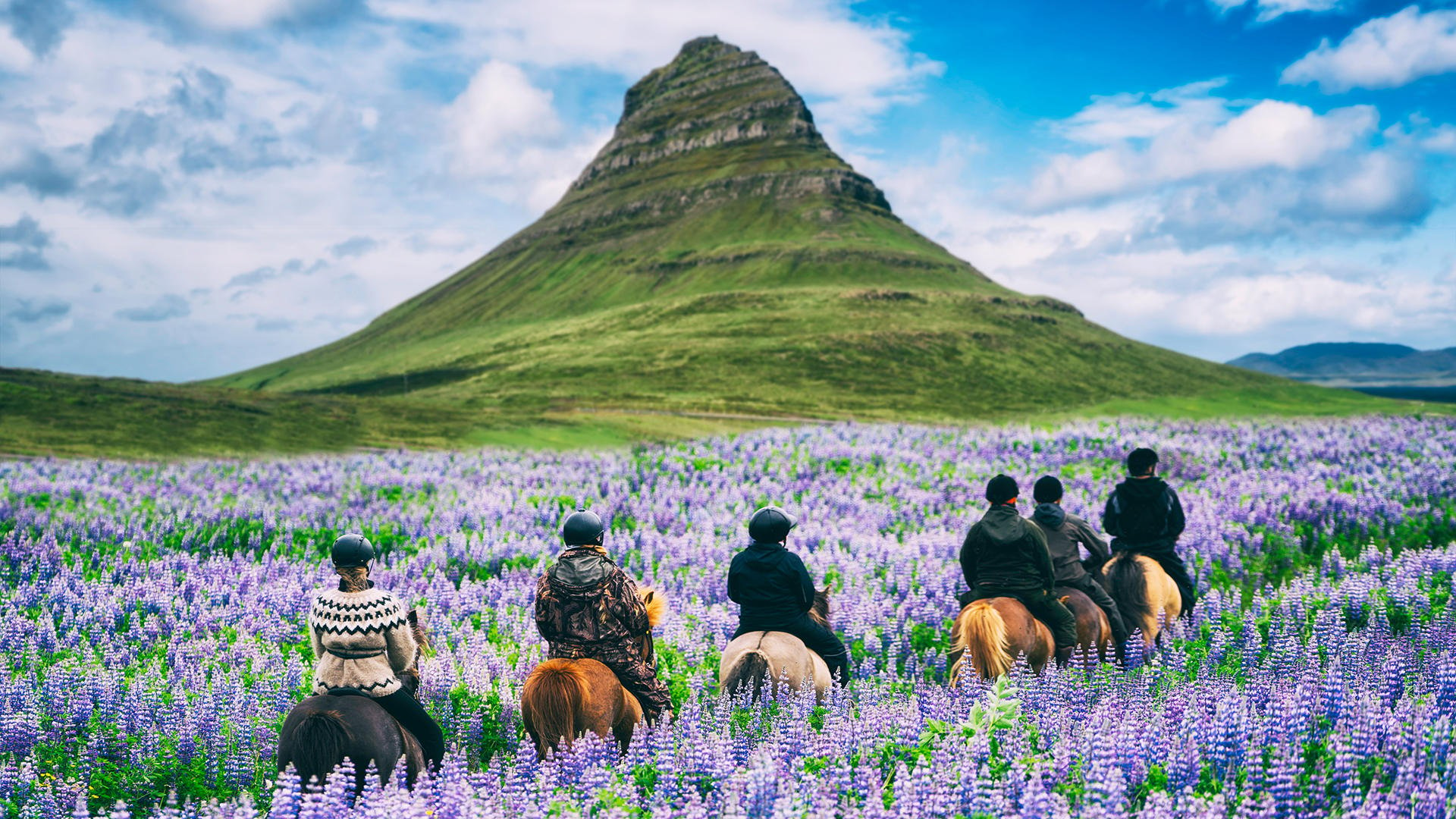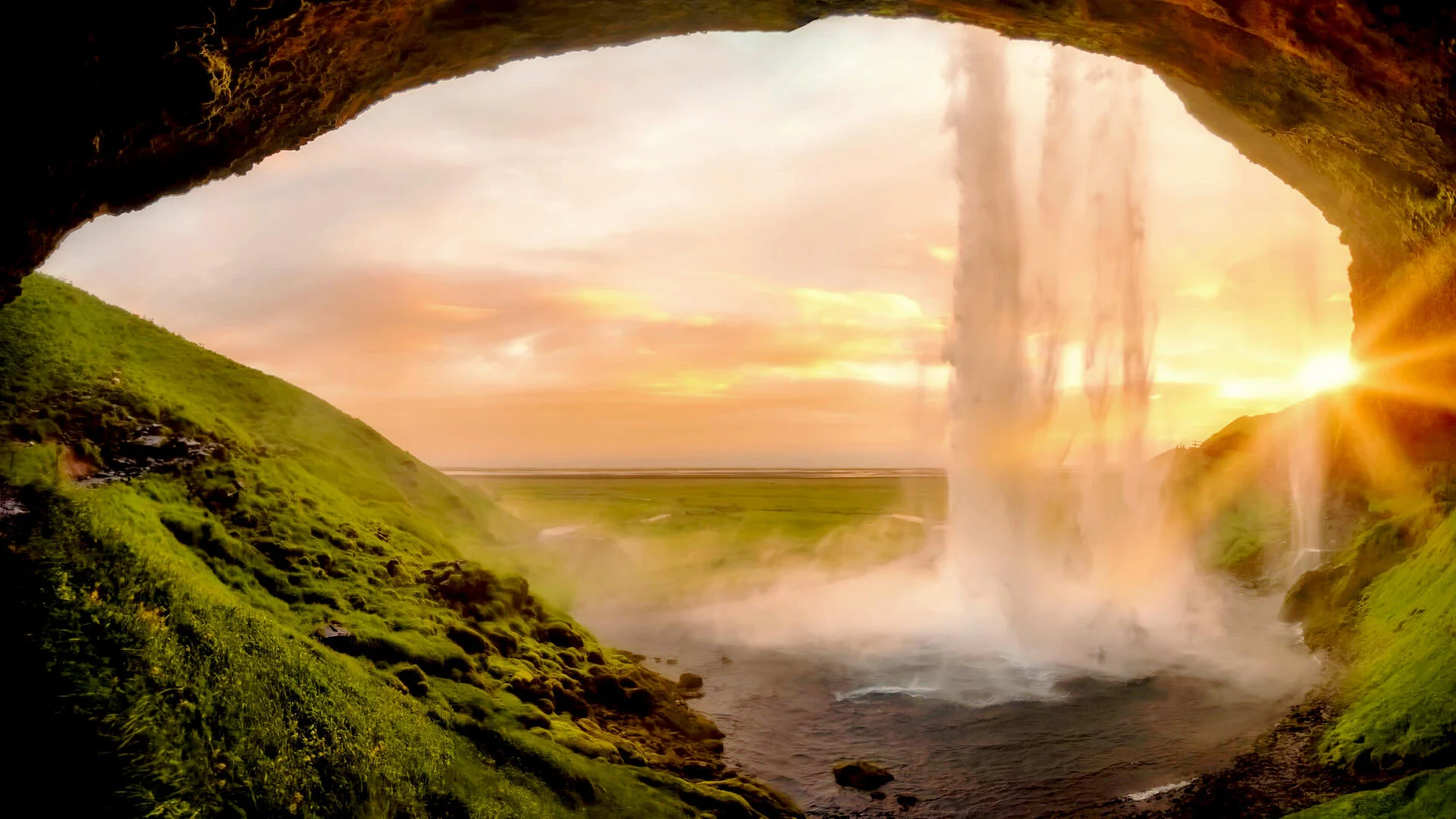-
-
-
Newsletter
Contact us:
Recent Tours
Iceland
Related Tours
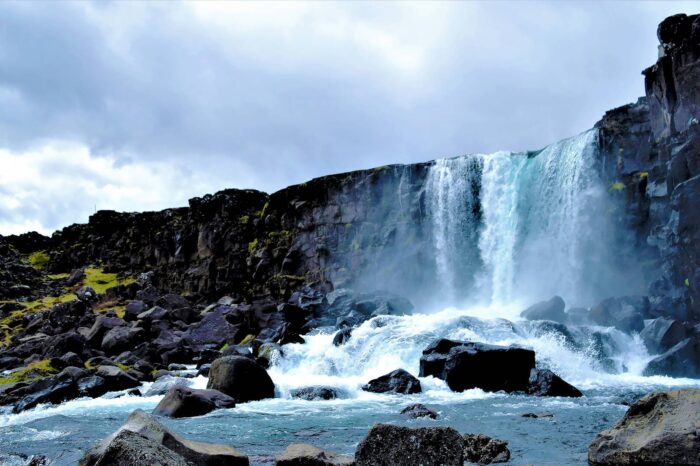
nuo 2849 Eur
Pažintinė kelionė / Islandija – ledo ir ugnies žemė
Šios kvapą gniaužiančios šiaurinės vietovės talentai yra begaliniai - ji patenka į pirmuosius laikraščių puslapius, patenka į geriausiųjų sąrašus, žavi gamtos mylėtojus ir pribloškia vis daugiau lankytojų.Islandija - gamtos mylėtojų svajonių sala: krištolo tyrumo oras, …
9 days
The island is so remote that looking out over the endless North Atlantic Ocean can make you feel like you're at the edge of the world.
2024.05.24-05.31 – 2339 Eur/asm.
2024.06.21-06.28 – 2429 Eur/asm.
The talents of this breathtaking northern location are endless - it makes the front pages of the newspapers, makes the top lists, fascinates nature lovers and amazes more and more visitors.
North Iceland. The north of the island is a geologist's paradise. Lunar-like lava fields, spitting mud cauldrons, spectacular waterfalls, snow-capped peaks and whale bays - this is Iceland. The region's most famous landmarks are variations on several themes: the shimmering, volcanically active earth and the water and ice flowing down to the wide coastline.

There are plenty of things to discover: the small town of Akureyri, with its surprising glimpses of big city life, the windswept fjord coast pastures full of sturdy Viking horses, and the fishing villages that insist on keeping their roads unpaved.
In northern Iceland, offshore islands inhabited by seabird colonies and a few hardy locals will tempt you. Lonely peninsulas stretching towards the Arctic Circle and national park walking trails offering unparalleled views.
Western Iceland. Geographically close to Reykjavik, West Iceland (known as Vesturland) is a beautiful microcosm of Iceland. However, many tourists skip this region, so it's likely that you'll have the remote parts of this beautiful region all to yourself.
The long stretch of the Snæfellsnes peninsula is popular for its Snæfellsjökull glacier, and the surrounding national park offers birdwatching, whale-watching, hiking in lava fields and horseback riding.
Beyond Reykholt, inland, you'll see lava rocks and remote highland glaciers, including the giant Laungjokudli Glacier with its extraordinary ice cave. Icelanders revere West Iceland for its indigenous tales of ancient Scandinavians and Germanics - sagas, two of the best known of which - Laxdæla Saga and Egil's Saga - were set along the region's turbulent waters, which are now commemorated by eerie mounds and an outstanding museum in the lively town of Borgarnes. From windswept beaches to historic villages and inspiring terrain, Western Iceland has it all.
East Iceland. The spectacularly diverse and sparsely populated east of Iceland (known as Austurland), about 650 km from Reykjavik, is not as diverse as other parts of the country and prefers subtle charm to big attractions.
The Eastfjords are the most stunning part of the area - the landscape of the villages in the northern fjords, surrounded by steep mountains and waterfalls, is particularly impressive. If the weather is good, a few days of hiking can be one of the most memorable in Iceland.
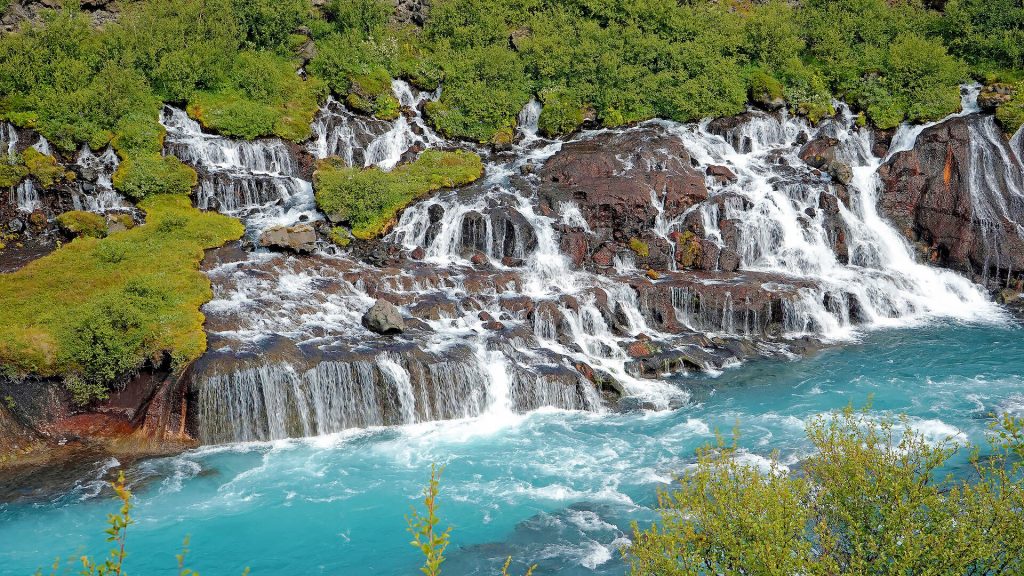
Away from the rugged coastline, south-west of Ejilstadir, is the country's longest lake, with some great attractions along its shores. Further inland stretch forgotten farms, rolling hills and reindeer-covered moorland in the empty east, as well as Snæfell, one of Iceland's peaks. Spectacular fjords in the east, scenic hiking trails, fascinating geology and friendly villages are some of Iceland's untold treasures.
South-west Iceland. Black beaches stretch along the Atlantic Ocean, geothermal geysers gush from geothermal pools, waterfalls cascade over hillsides, and volcanoes and shimmering ice caps decorate the inland horizon.
The beautiful south-west is home to many of Iceland's legendary natural wonders, making it a relatively popular and increasingly developed region. The Golden Circle consists of three main tourist routes: Þingvellir, Geysir and Gullfoss, attract the biggest crowds outside Reykjavik, but visit out of hours or venture out into the wilderness and you'll find tranquil hiking routes and otherworldly views.
The further away, the better. Tourist attractions such as the silica-filled Blue Lagoon, the Plateau Valley and the ancient Parliament of Þingvellir are all just a dozen km from the capital. The swell of the sea leads to the Vestmannaeyjar archipelago offshore. At the far edges of the region are the mighty volcanoes of Hekla and Eyjafjallajökull, the busy Skógar and Vík, and the hidden valleys of Þórsmörk and Landmannalaugar.
Useful information:
Visa: not required
Language: icelandic
Capital: Reykjavik
Currency: Icelandic krone (ISK), 1 ISK = 100 aurars, 100 ISK = approx. EUR 0,71
Power sockets: just like in Lithuania
Weather: very changeable whatever the time of year, with frequent rain and strong winds in Iceland, so warm and waterproof clothing is essential. The average summer temperature is around 15 °C.
Prices:
in restaurants and cafés: lunch from around ISK 3000, pizza from ISK 1500, pancakes from ISK 1300, fish and chips from ISK 1600, coffee from ISK 250, cake from ISK 250, beer from ISK 600, glass of wine from ISK 600
in supermarkets: bread from 250 ISK, apples from 100 ISK, fruit juice (1 l) from 190 ISK, mineral water bottle (1.5 l) from 130 ISK, yoghurt from 90 ISK, chocolate bar from 100 ISK, beer from 100 ISK per can, bottle of wine from 1500 ISK
Postage stamp: approx. 180 ISK
Icelandic cuisine - which dishes to try:
Hakarl is shark meat that needs to be aged for several weeks, then smoked and dried for a long time. This requires strong vodka, called svarta daudi, or black death, and black wholemeal bread.
Plokkfiskur - fish stew, stewed fish with potatoes.
Hangikjöt - smoked lamb or mutton served with potatoes, peas, white sauce and red pickled cabbage.
And what about dessert?
Skyr is a traditional Icelandic dairy product with a taste similar to low-fat yoghurt, but with a much milder consistency. It is served with salt, sugar, fruit or whipped cream, according to individual taste.
Shopping - what to bring:
sheepskin products
sheep's wool products, incl. sweaters with characteristic Scandinavian patterns
harðfiskur, i.e. dried fish
Share this tour
Newsletter
Other suggestions:
Contact us:
-

